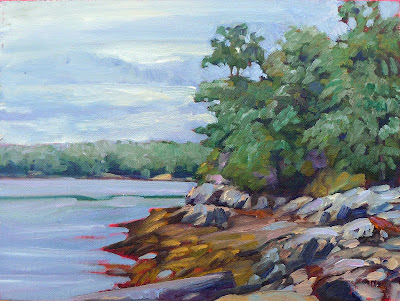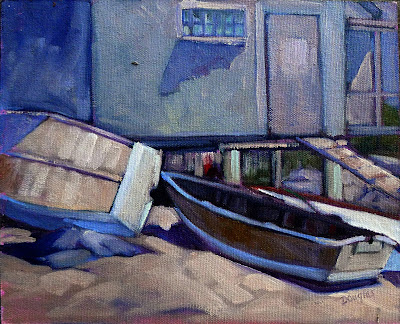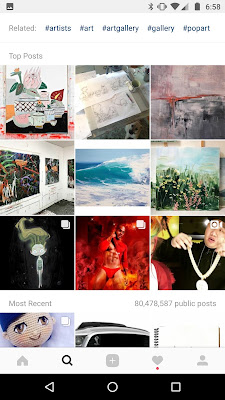You have to be an entrepreneur if you want to succeed in the arts.
| Tricky Mary in a Pea-Soup Fog, by Carol L. Douglas, available. |
My parents were the children of immigrants and were raised in great poverty. My mom went on to be one of the first class of nurse-practitioners graduated by University of Buffalo. My father was a child psychologist. Mom worked at the local hospital for her whole career; my father moved around a little, but always within the state system. They aspired to stability. In mid-century America, a job meant a trade-off of loyalty for a good salary and pension. It wasn’t a bad system, as long as it worked. It created a stable community, albeit one where economic mobility was not particularly coveted.
I don’t remember any entrepreneurs among my parents’ friends. The adults around me worked in jobs or professions. Even highly skilled machinists—much in demand—didn’t hang out their own shingles. They went to work in factories, where they were paid very well.
| Parrsboro at Dawn, by Carol L. Douglas, available. |
In fact, my father was a talented photographer and painter. He had his own studio before he married, but he didn’t know how to build a business. He had no role model for self-employment, so he wisely went back to school and got what he and his peers called a ‘real job.’
That economic system is broken now. Even wage slaves must be entrepreneurial. Young people think of the corporate ladder more as a jungle gym, where they swing from place to place rather than climb vertically.
| Blueberry Barrens, by Carol L. Douglas, available. |
My goddaughter is also the child of immigrants, but her history is different. Her family escaped the Communist revolution when her father was a young child. They moved to Vietnam and took up the family trade of cooking. After the fall of Saigon, they were again refugees, ultimately washing up in America. They’ve run a small restaurant for decades.
My goddaughter Sandy has a master’s degree and is working on a second one. But when COVID-19 knocked her out of her job, she didn’t go on unemployment. Instead, she’s been cleaning houses. She knows how to use a crisis, so she’s charging the earth in exchange for the risk. In fact, she’s never been shy about telling others how much she’s worth.
After one of her graduations, we went to Chinatown. Her mother and aunt stood listening as she haggled over the price of luggage. Finally, they nodded and the deal was done. She’d just been handed a diploma from one of America’s most prestigious art schools, but—more importantly—she’d demonstrated that she could negotiate a business deal.
 |
| Downdraft snow, by Carol L. Douglas, available. |
That’s a real skill, and it’s something we don’t come by naturally—it’s learned, as much as calculus or drawing are.
I talked with a talented friend last week. She’s stuck in a low-paying job although she has good writing, video and design chops. When I suggested that she market her own videos, she quickly demurred. Without knowing how to be entrepreneurial, she’ll never escape the soul-sucking, 9-to-5 job.
That’s the bottom line for an art career in modern America. Your success or failure depends, not primarily on your painting skills, or your ‘talent’, but on your ability to sell yourself. If you don’t have that, don’t just give up—learn. Be more like Sandy.

























